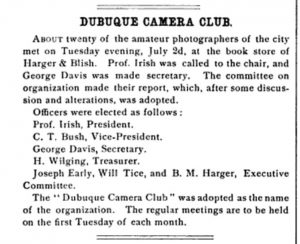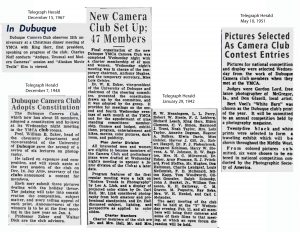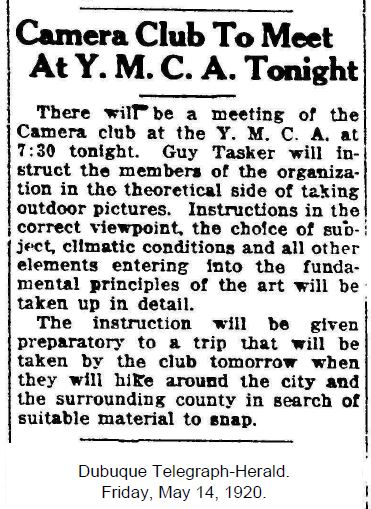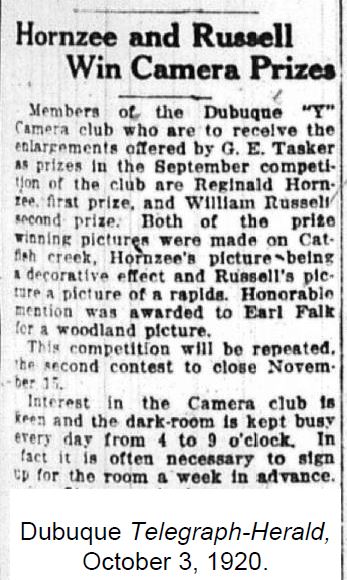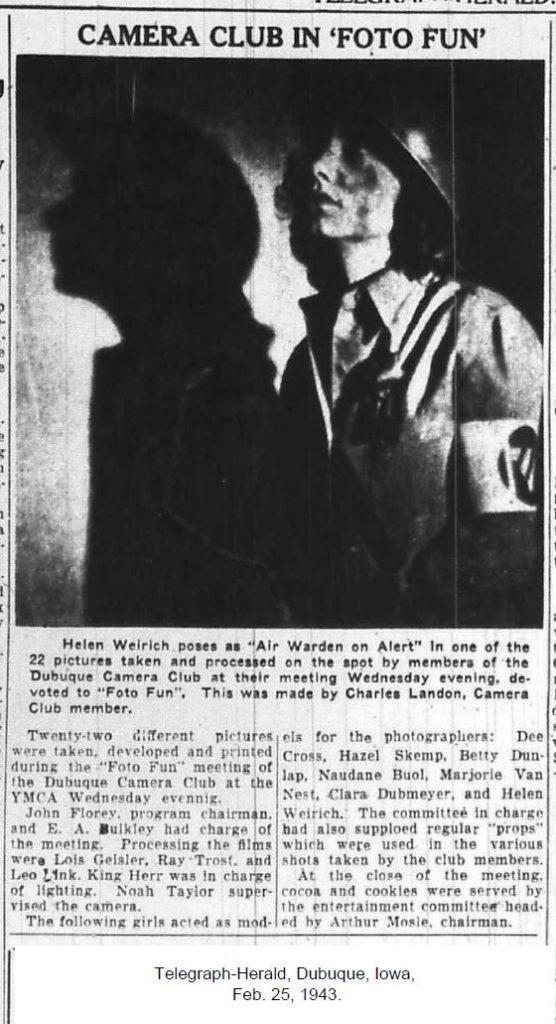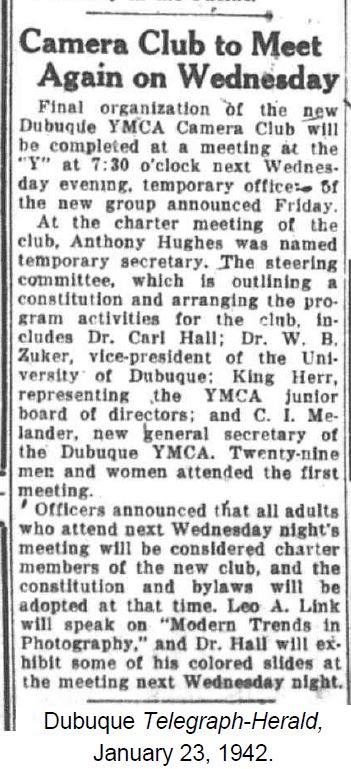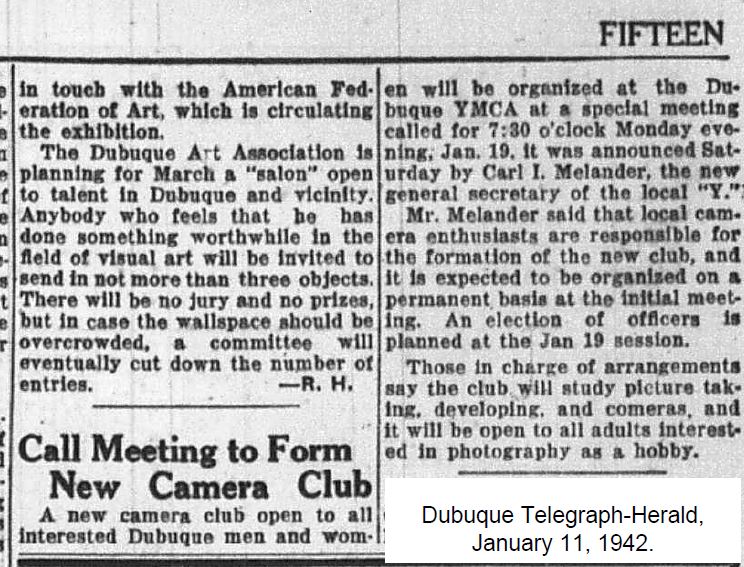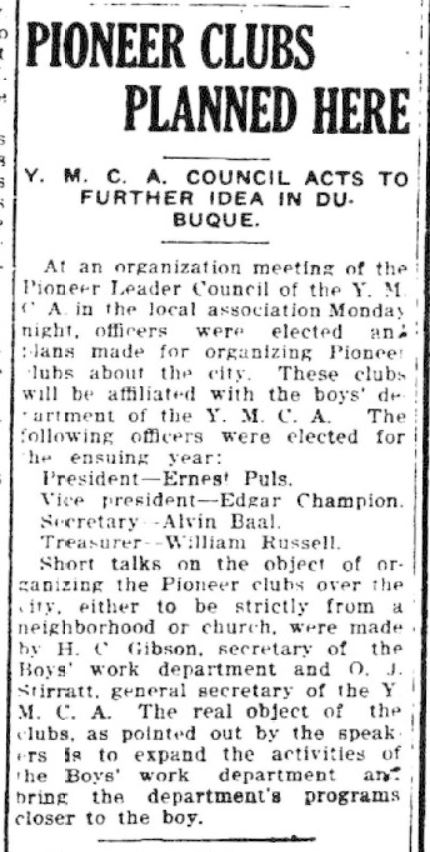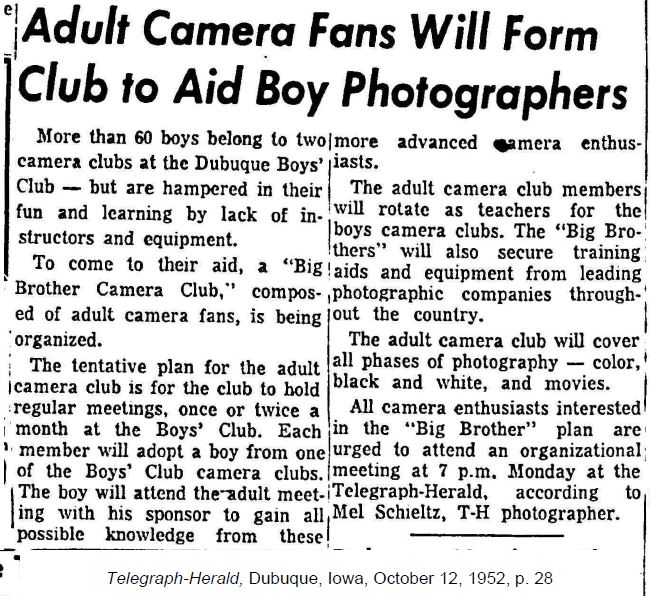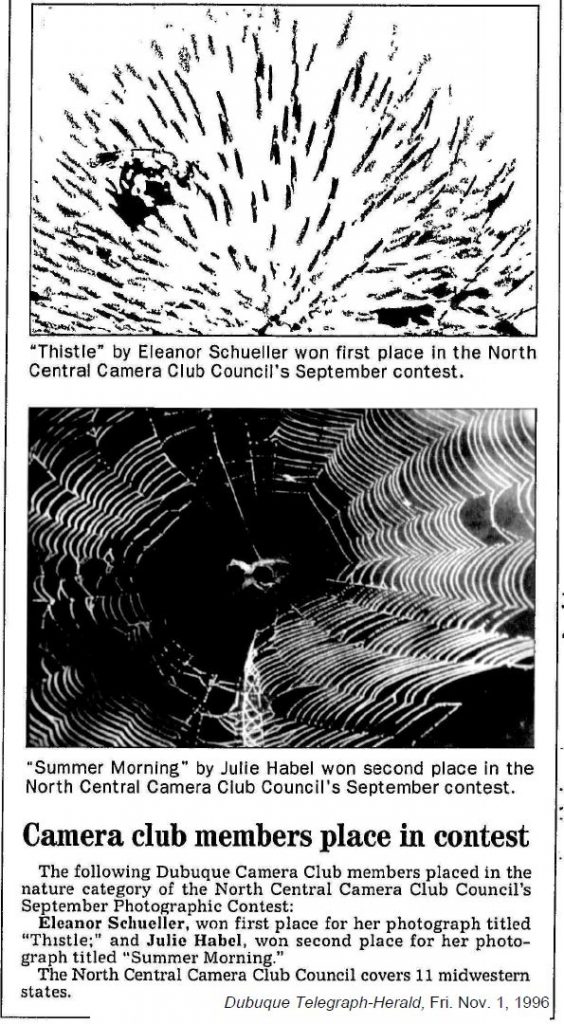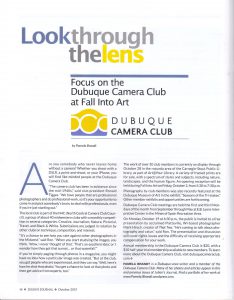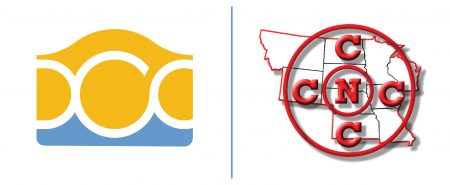
OUR STORY
The Dubuque Camera Club can trace its history all the way back to the pioneering days of photography. Since before the Civil War, professional photographers have had studios in Dubuque. The club was mentioned in an early photography magazine: The Photographic Times and American Photographer (vol. XIX, 1889, p. 360).
There was a lot of excitement in Dubuque about photography, and the dark room at the YMCA was always busy. People wanted a chance to learn about this interesting and creative skill, so photography was a popular YMCA program. The Boys Club also sponsored camera clubs for over 60 boys, with a “big brother” camera club for adults.
[If you would like to know more about the club’s long history, see the bibliography, or scroll down to view news clippings.]
In 1942, the club was chartered as the Dubuque YMCA Camera Club (Telegraph Herald, January 11, 1942). During WWII the club sponsored presentations, exhibits, and photo shoots and also took pictures for area nonprofit organizations. By 1953, the Y Camera Club for adults included women and met twice a month.
Sometime in the 1940s or 50s, the club became affiliated with the Photographic Society of Americs. Dubuque photographers were occasionally mentioned in the PSA Journal. Willard Farr (1888-1981), an engineer and nature photographer, served as club president in the late 1950s. The Telegraph Herald ran a feature about him on September 1, 1957.
By the 1970s, the club had become independent of the YMCA. Meetings were held at Interstate Power Co., located at 1000 Main St. Other meetings were held in member homes, or at an American Trust community room. When a retired doctor joined, the club met at Finley hospital. The club probably(?) became affiliated with the N4C in the mid-1980s(?). In those days, photography was still all about film.
In a newspaper interview in 2004, Fred Vaughn, a past club president, said, “I run the slide projector. That’s what the president gets to do.” (“Like Being There,” Telegraph-Herald, February 26, 2004). In 2009, 35mm slides were still being shown during club meetings.
Today, the Dubuque Camera Club competes only in digital. Most club members use DSLRs, a few use mirrorless, and others rely solely on smartphones. Post-processing is a vital skill, and many are proficient in image editing software such as Adobe Lightroom and Photoshop. We still make prints for exhibits or for wall art, but online photo sharing has become a huge focus.
Today, the club has over 30 active members, with skill levels ranging from advanced beginner to experienced pro shooter. Photographic genres include portraits, landscapes, architecture, concert/events, birds and wildlife, or drones.
Just like it was in the early days, the club is open to all tri-state photography enthusiasts. Whatever your favorite subject and style, you are sure to find someone who shares your interest in the Dubuque Camera Club!
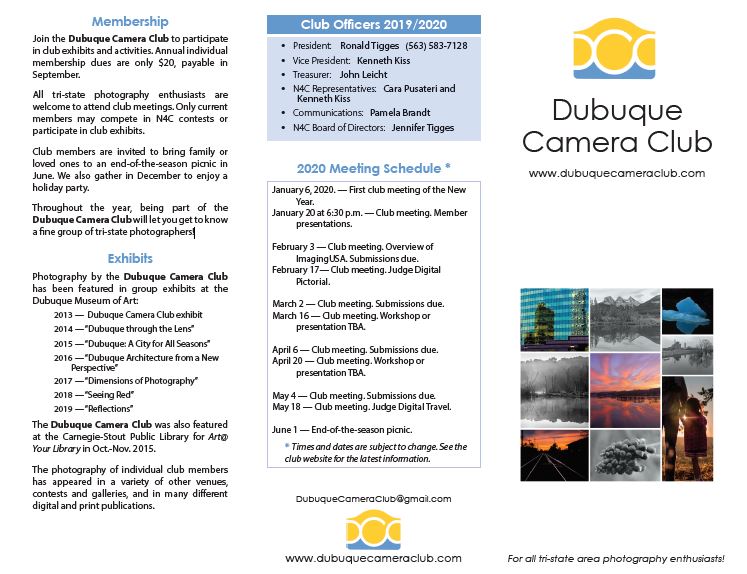
| Dubuque Camera Club colors: | |
| Hex: #6699cc HSB: 210, 50, 80 CMYK: 61,31,3,0 |
Hex: #ffcc33 HSB: 45,80,100 CMYK: 0,19,89,0 |
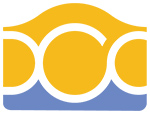
The modern logo of the Dubuque Camera Club consists of the stylized shape of a camera with DCC, the club initials, in the center. The blue area represents the Mississippi River. The yellow-gold represents sunrise on the blufftops. The curve at the top repeats the curve of the iconic Julien Dubuque bridge. This logo was designed in 2013 by Nate Roling.
